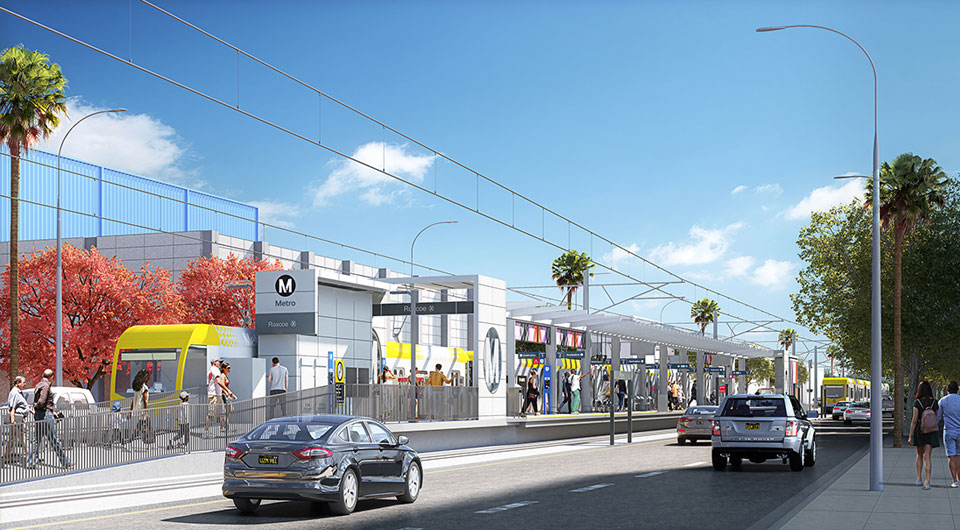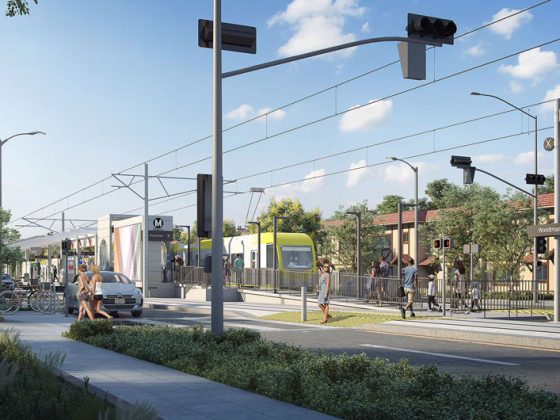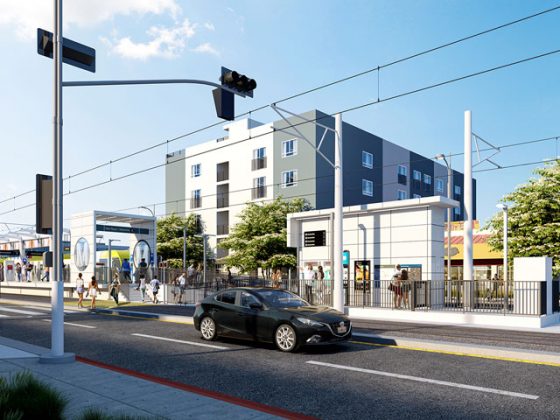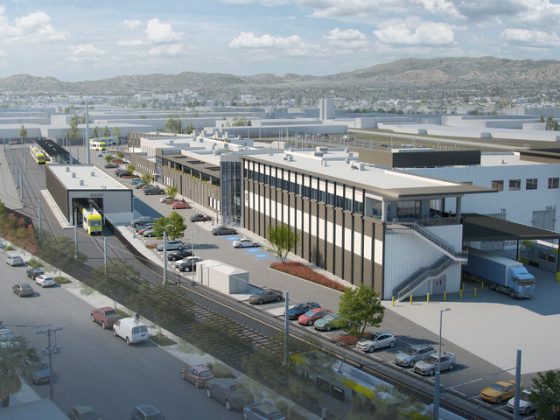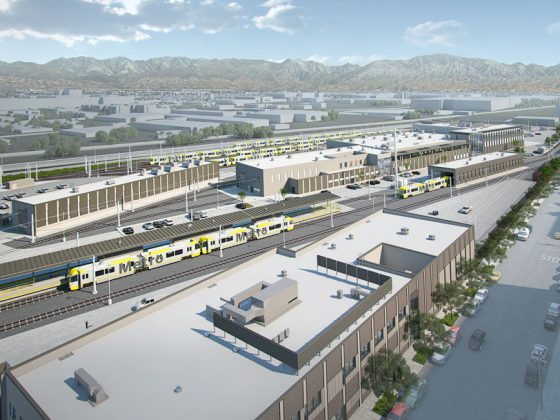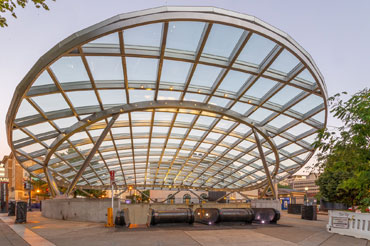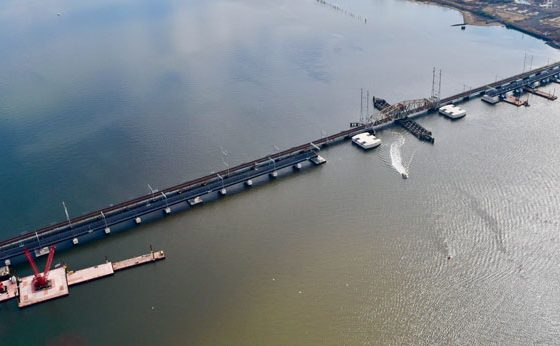East San Fernando Valley Light Rail Transit Project
BRINGING MULTIMODAL TRANSIT OPTIONS TO THE SAN FERNANDO VALLEY
Gannett Fleming is the design leader for Phase 1 of the first light rail corridor in Los Angeles County’s San Fernando Valley. Home to over 1.7 million people, the 6.7-mile East San Fernando Valley Corridor (ESFVC) project introduces a light rail transit system along Van Nuys Boulevard, currently the second busiest bus transit corridor in the Valley and the seventh busiest in Los Angeles. ESFVC expands mobility to serve as a growth catalyst for several diverse, vibrant communities while providing connections to the rest of the county.
What We're Doing
The progressive design-build project will build 11 rail line stations, with locations determined by land-use patterns, roadway geometry, and available right-of-way. Many stations have been placed mid-block with pedestrian access to preserve the many existing vehicular left turns. Rehabilitation of Van Nuys Boulevard will include several multimodal functions, including new:
- Sidewalks.
- Crosswalks.
- Left-hand turn gates.
- Traffic signals.
- Light fixtures.
- Signage.
- Environmental graphics.
- Bike racks.
The project will also add more than 500 trees to the community.
Project owner LA Metro anticipates ESFVC will accommodate 30,000 boardings per day, which is expected to skyrocket when Los Angeles hosts the 2028 Summer Olympics and Paralympics. The project is part of LA Metro’s 28 Plan, an ambitious initiative to complete 28 transformative infrastructure projects leading up to the games.
The design team utilized LA Metro’s “kit-of-parts,” which includes standards for systemwide design approaches for all station components, from canopies to seating to wayfinding signage. The team recommended modifications to ESFVC’s original station design to accommodate the San Fernando Valley’s intense heat, reaching over 110 degrees in summer. Station designs also include innovative platform shading devices to protect waiting passengers. Sustainable features on the canopies and underground utility rooms were designed to add photovoltaic solar panel infrastructure. Location-specific art will also be integrated into each station to reflect the surrounding communities.
The project will also coordinate with LA Metro and the City of Los Angeles’ “first/last mile” improvements project along the corridor, which will include pathways to and from the station entrances connecting the station with neighborhoods and community destinations. The pathways include enhanced:
- Sidewalks and curb ramps.
- Wayfinding signage.
- Landscape.
- Lighting.
- Bicycle amenities.
Our team is also designing a new Maintenance and Storage Facility (MSF) that will house and service 72 light rail vehicles at full capacity across roughly 21 acres. MSF structures include:
- The main Maintenance Building.
- Maintenance-of-Way Building.
- Train Wash.
- Cleaning Platform.
- Wheel True.
- A Paint and Body Shop.
Gannett Fleming spent two years developing a deep understanding of the ESFVC and its critical issues, spending significant time out in the community and with stakeholders to understand their concerns and priorities, and conducting regular meetings with the key players and decision-makers at LA Metro. The understanding gained by the Gannett Fleming team has been instrumental in developing a comprehensive and compelling plan for the project’s successful completion.
Key Features
- 30-minute end-to-end light rail trip compared to current 48-minute bus route.
- First/last mile parallel bike route to encourage alternative transportation modes.
- Multimodal plan links several communities to Los Angeles County’s public transportation system.
CLIENT
Los Angeles County Metropolitan Transportation Authority (LA Metro)
LOCATION
Los Angeles County, Calif.
ROLE
Design, Planning
Related Projects

MassDOT Variable Message Sign Replacement and Upgrade
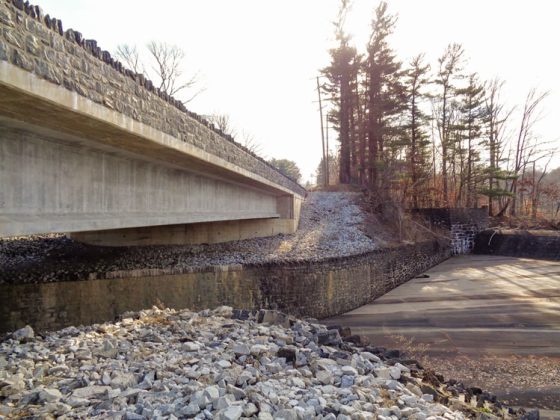
Route 252 Springton Reservoir Dam Spillway Bridge Improvements
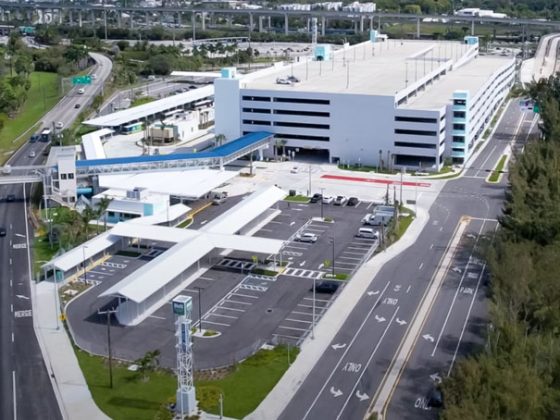
Golden Glades Multimodal Transportation Facility
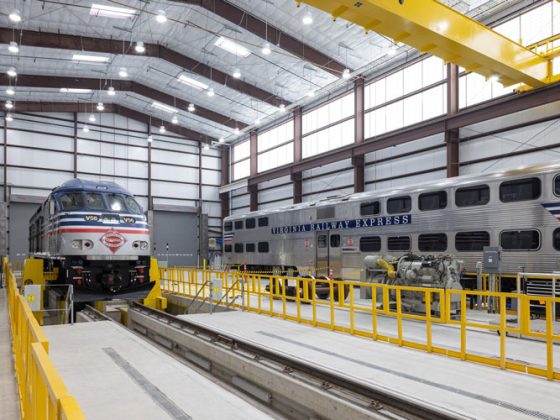
Virginia Railway Express Lifecycle Overhaul and Upgrade Facility
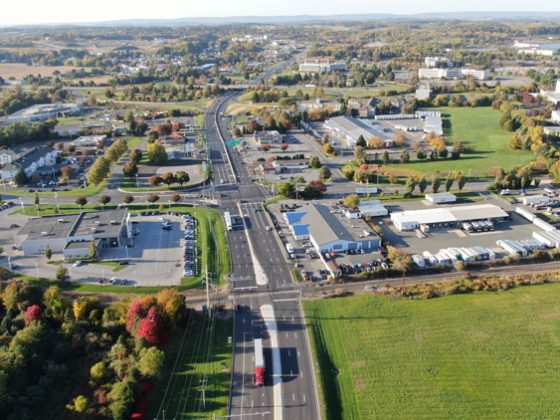
Lehigh Valley SR 0100 Roadway Reconstruction

